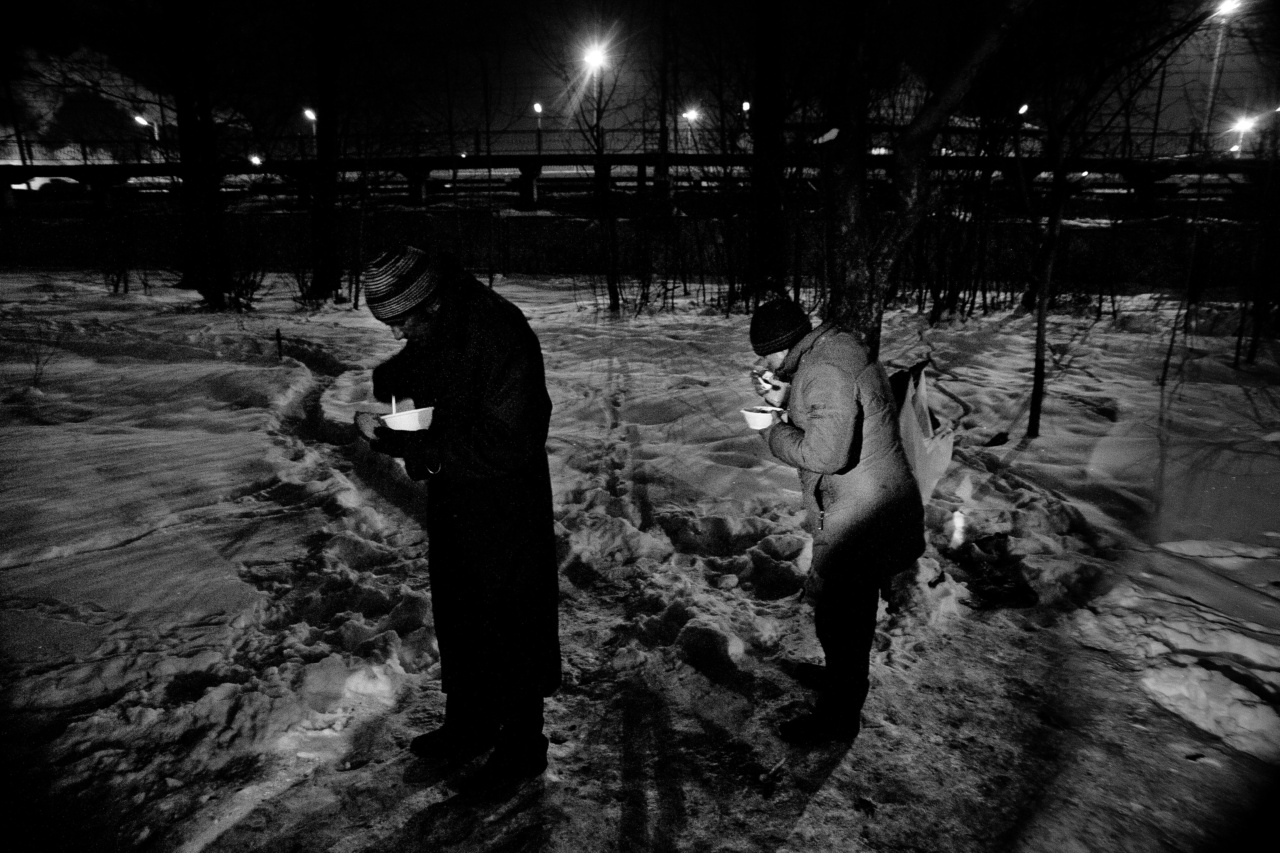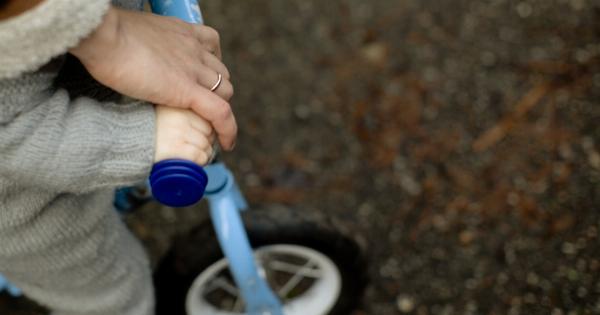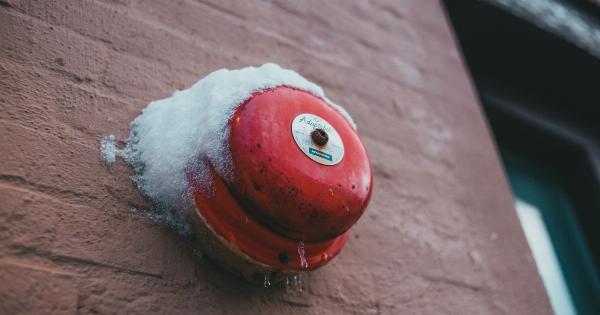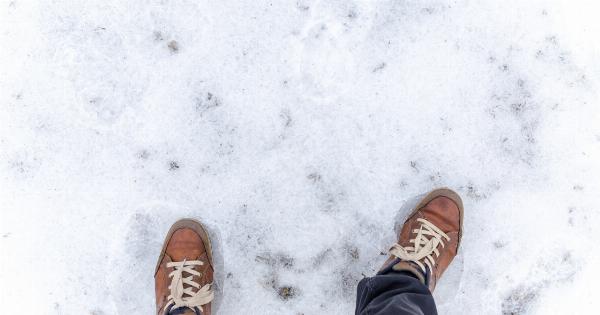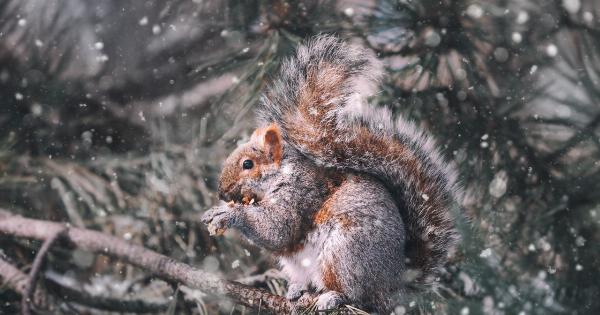Winter is a beautiful yet treacherous season, especially when it comes to staying warm and safe. As the temperature drops, the risk of hypothermia increases, making it essential to understand this potentially life-threatening condition.
In this article, we will explore what hypothermia is, its causes, symptoms, and most importantly, how to prevent it during the winter season. Read on to learn how to stay safe and warm in the cold months ahead.
Hypothermia: Understanding the Basics
Hypothermia occurs when your body loses heat faster than it can produce, leading to a dangerously low body temperature.
When the body’s core temperature drops below 95 degrees Fahrenheit (35 degrees Celsius), it can have severe consequences on your health and well-being.
While hypothermia is commonly associated with extreme cold weather, it can happen in any environment where your body’s ability to regulate its temperature is compromised.
This includes prolonged exposure to rain, wind, or even cool indoor temperatures.
Causes of Hypothermia
There are several factors that can contribute to the development of hypothermia, including:.
1. Prolonged Exposure to Cold: Spending extended periods in cold environments, especially without proper clothing and protection, increases the risk of hypothermia.
2. Wet Clothing: Wet clothes tend to draw heat away from your body, accelerating the loss of body heat and increasing the risk of hypothermia.
3. Age: Older adults are more vulnerable to hypothermia due to a decreased ability to regulate body temperature, medical conditions, and certain medications.
4. Alcohol and Substance Abuse: Alcohol and certain drugs can impair judgment, increase heat loss, and affect the body’s ability to shiver, which is an important mechanism for generating heat.
5. Medical Conditions: Some health conditions, such as diabetes and thyroid problems, can impact the body’s ability to regulate temperature, making individuals more susceptible to hypothermia.
6. Poor Circulation: Conditions that affect blood flow, such as cardiovascular disease, can hinder the body’s ability to distribute heat effectively.
7. Exhaustion and Fatigue: When your body is tired, it becomes more susceptible to the effects of cold weather, making it harder to maintain a safe body temperature.
Recognizing the Symptoms
Being able to identify the early warning signs of hypothermia is crucial for prompt intervention. The symptoms may vary depending on the severity of the condition, but common signs of hypothermia include:.
1. Intense Shivering: Shivering is the body’s natural response to generate heat. If shivering becomes uncontrollable or stops altogether, it may indicate hypothermia.
2. Cold and Pale Skin: The skin may appear cold, pale, or bluish due to the reduced blood flow to the extremities.
3. Slurred Speech: Hypothermia can affect the brain and impair communication, resulting in slurred speech or difficulty forming coherent sentences.
4. Loss of Coordination: You may experience difficulty walking or moving, as hypothermia affects muscle function and coordination.
5. Confusion and Fatigue: Hypothermia can cause mental confusion, memory loss, drowsiness, and exhaustion.
6. Weak Pulse: A weak or irregular pulse may be indicative of severely low body temperature.
Preventing Hypothermia in Winter
Fortunately, hypothermia can be prevented by following a few simple guidelines. Here are some essential tips to help you stay safe and warm during the winter months:.
1. Dress in Layers: Layering your clothing helps trap warm air close to your body while allowing you to remove or add layers as needed.
Start with a moisture-wicking base layer, followed by insulating layers, and finish with a windproof and waterproof outer layer.
2. Protect Your Hands and Feet: Wear warm gloves, mittens, and insulated boots to minimize heat loss from your extremities.
3. Wear a Hat: Since a significant amount of body heat is lost through the head, wearing a hat helps retain heat and prevent hypothermia.
4. Stay Dry: Moisture accelerates heat loss, so it’s important to stay dry by avoiding wet conditions and wearing waterproof clothing if necessary.
5. Stay Hydrated and Nourished: Drink plenty of non-alcoholic fluids and consume warm, high-calorie foods to maintain energy levels and provide insulation for your body.
6. Avoid Alcohol and Caffeine: Alcoholic beverages and caffeinated drinks can increase heat loss, impair judgment, and interfere with the body’s natural temperature regulation.
7. Be Mindful of Medications: Some medications can increase the risk of hypothermia. Consult your healthcare provider to ensure your current medications do not interfere with your body’s ability to regulate temperature.
8. Plan Outdoor Activities: If you venture outdoors during cold weather, plan your activities carefully and take breaks in heated spaces to allow your body to warm up.
9. Check Weather Conditions: Stay informed about weather forecasts to avoid unexpected drops in temperature or severe weather conditions.
10. Keep an Emergency Kit: When traveling or spending time outdoors, carry an emergency kit with extra warm clothing, blankets, high-energy snacks, and a means of communication.
Seeking Medical Help
If you suspect someone is experiencing hypothermia, it’s crucial to seek medical assistance immediately. While waiting for help to arrive, follow these guidelines:.
1. Move to a Warm Environment: If possible, move the person to a warm and dry place to prevent further heat loss.
2. Remove Wet Clothing: Help the person out of wet clothes and replace them with dry garments or blankets.
3. Wrap in Blankets: Use blankets, towels, or any available insulation to cover the person and retain their body heat.
4. Offer Warm, Non-Alcoholic Drinks: If the person is conscious and able to swallow, provide warm liquids (avoid caffeine and alcohol) to gradually raise their body temperature.
5. If Unconscious, Perform CPR: If the person shows no signs of circulation or breathing, begin cardiopulmonary resuscitation (CPR) and continue until medical professionals arrive.
Remember, hypothermia is a serious condition that requires immediate medical attention. Calling emergency services is crucial to ensure proper care and treatment.
Conclusion
Winter can be a magnificent season, but it also poses certain risks, with hypothermia being one of them. By understanding the causes, symptoms, and preventive measures, you can safeguard yourself and your loved ones from the dangers of hypothermia.
Remember to dress appropriately, stay dry, and be mindful of your body’s signals, seeking medical help whenever necessary. By taking these precautions, you can enjoy a safe and cozy winter season.
